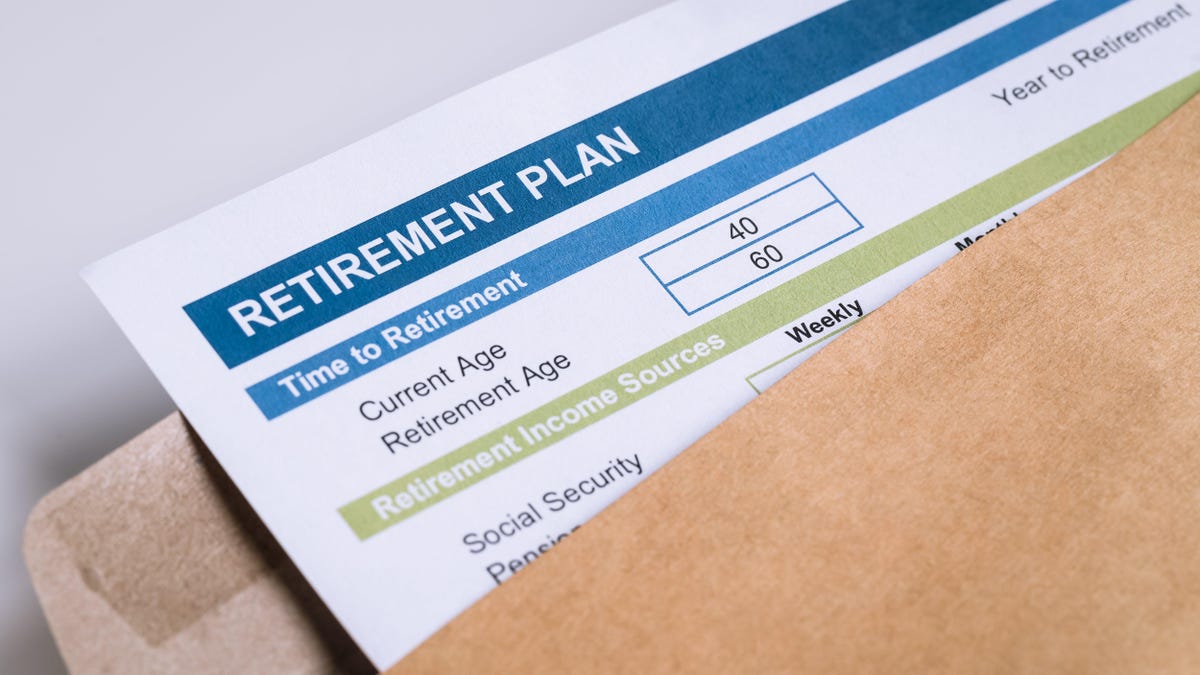How to Tell When a Bear Market Is Over
Following the stock market can feel like whiplash: It’s down and depressing, and then up and exciting, and back down again. But if you’ve been paying attention even a little bit over the last year or so, you probably...


Photo: f11photo (Shutterstock)
Following the stock market can feel like whiplash: It’s down and depressing, and then up and exciting, and back down again. But if you’ve been paying attention even a little bit over the last year or so, you probably know that the overall trend has been negative, and it’s generally not a good time to look at the balance of your investment accounts.
The S&P 500, one of the main indices for measuring the stock market, entered a bear market in June but then appeared to rally recently alongside gains in both the Dow Jones Industrial Average and the Nasdaq Composite. The index is up 10% from its low last month, as of this writing.
Unfortunately, some analysts think it’s unlikely we’ve hit rock bottom yet, and these little glimmers of hope are nothing more than a sucker rally—a short-lived upswing that draws some buyers in but quickly reverses course. So when does a rally turn into a recovery, and how do you know when a bear market is on its way out?
How to tell when a bear market is ending
The short and unsatisfying answer is that there’s no definitive way to predict the end of a bear market or whether an upward trend will continue.
G/O Media may get a commission
“Trying to time the market is a fool’s errand, and it is incredibly difficult to tell when a bear market is going to end,” says Matt Gray, a certified financial planner and founder of AnthroFi Wealth Group in Colorado.
Gray explains that signs of people wanting to buy again, like a higher-than-average number of trades and a positive market, indicate the possibility, but even then, buyer sentiment can fluctuate significantly.
Longer rallies that stick often require policy or systemic shifts, such as changes to interest rates or regulations. Compare that to short-term rallies, which are more likely to happen based on the news and swings in consumer emotions.
It’s also important to recognize that rallies are relative: A one-day or one-hour bump may be good news for a day-trader but have no meaningful effect on longer-term investments.
What is a bear market, anyway?
Strictly speaking, the term “bear market” refers to a 20% (or greater) decline in the price of securities, such as stocks, relative to a recent high point. The phrase is also used more broadly to indicate that the market has gone down enough to worry investors, Gray says.
Bear markets can last anywhere from a few weeks or months, to years or decades. The shorter cycle characterizes a cyclical bear market, while the longer one describes a secular bear market.
A bull market, by contrast, is a prolonged period of rising prices—again, specifically defined as a 20% bump following two separate 20% declines. Bull markets can also last months or years.
“Bear markets also usually end before the economy is doing better so there can be confusion why the market is going up when things look so bad,” Gray says. He also adds that bear markets are ultimately short-lived and offer buying opportunities.

 UsenB
UsenB 
































